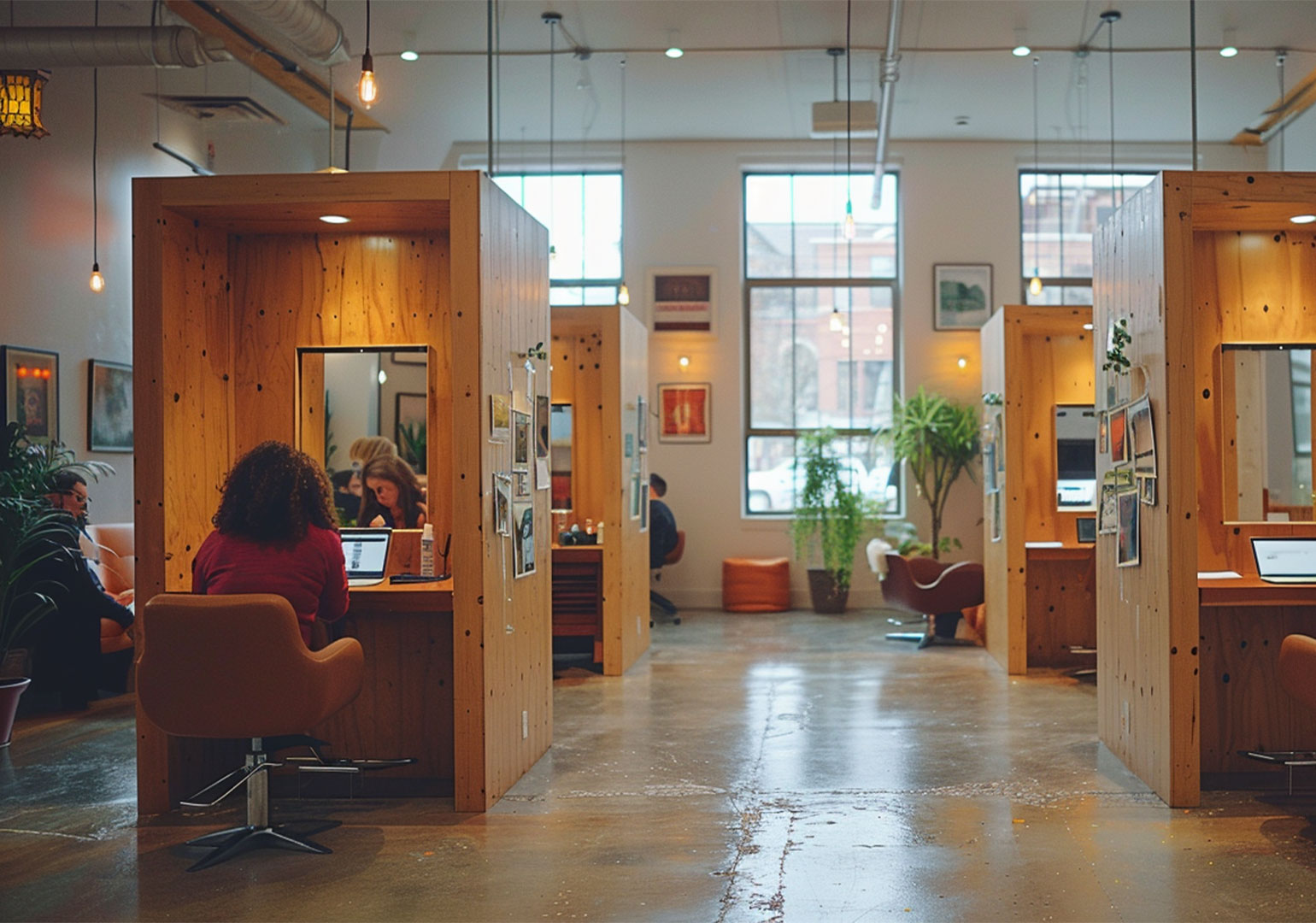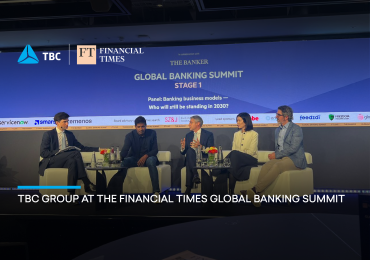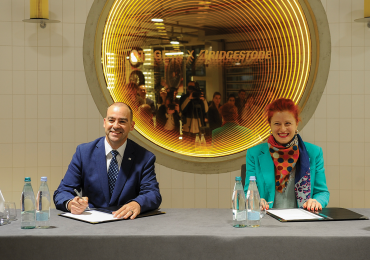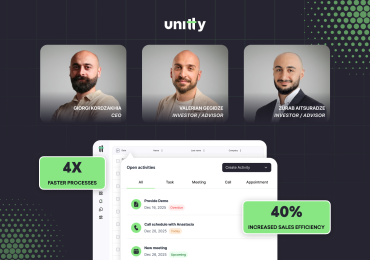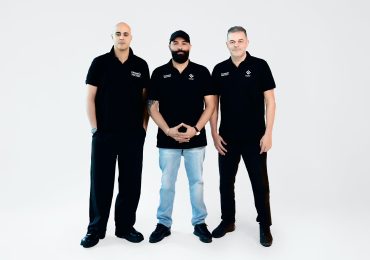Author: Margot Everly
Photo Courtesy of: MyServe
MyServe Inc., a U.S.-based tech startup preparing for its April 2025 launch, is entering a growing sector with an operational model built to solve specific inefficiencies in the service industry. Unlike coworking solutions designed for desk-based workers, MyServe focuses on the freelance professionals who need physical space to deliver services—from personal trainers to massage therapists, stylists to wellness practitioners.
The company’s core innovation is its three-sided marketplace: connecting freelancers, workspace owners, and end-consumers on a single AI-integrated platform. Each user group benefits from targeted functionality: freelancers can access on-demand space without long-term commitments, workspace owners can monetize idle inventory, and consumers can book services through a unified interface.
“Most platforms focus on one or two parts of this ecosystem,” says Alex Iavon, MyServe’s CEO. “But the real inefficiency exists at the intersection of all three. That’s what we’re solving.”
A Growing Need for Flexible Working Spaces
U.S. Census data shows more than 20 million Americans are self-employed, with service-based freelancers making up a fast-growing segment. A 2024 Upwork report indicated that nearly 60% of these workers report difficulty securing affordable, flexible workspace. At the same time, commercial property owners—particularly in urban centers—are seeing underutilization climb. According to CBRE, U.S. retail and service-oriented commercial properties are still seeing vacancy rates above 18% in several cities.
This is the overlap MyServe is targeting. Its platform is structured to lower entry barriers for freelance workers while converting unused real estate into functional microspaces—rented by the hour or day. Importantly, MyServe does not assume property management responsibility or issue leases; instead, it acts as a technology aggregator that facilitates transactions between vetted freelancers and vetted space owners.
The company’s value proposition to investors is based on capturing a share of a growing transactional economy rather than operating as a traditional SaaS or subscription model alone. Revenue will come from per-booking commissions, optional premium tools for both freelancers and landlords, advertising, and anonymized data services related to market behavior and pricing strategy.
Product Readiness Ahead of Series A
The company is currently in pre-launch and is finalizing product readiness ahead of the Startup Grind Global Conference in April, where it was selected among the top 150 startups invited to present. MyServe’s legal and financial infrastructure is already in place, including U.S. incorporation and integrated payments for both mobile platforms.
“We’re not raising capital to build an idea,” Alex Iavon says. “We’re raising to activate what’s already built.”
The app—fully functional and ready for deployment on both Android and iOS—will go live mid-April. MyServe has begun onboarding workspace providers and freelancers in its pilot cities, with New York and Los Angeles targeted as initial launch markets. Early market validation efforts are underway, including paid advertising tests and waitlist conversions, to measure sector-specific traction.
While not yet publicly available, the app is complete with scheduling, reviews, and AI-based matching functionalities. Legal agreements for users, terms of service, and payment processing have also been finalized, removing a key hurdle often encountered by platforms in this category at seed stage.
Aggregation in a Dispersed Industry
Many sectors MyServe targets—such as wellness, beauty, personal care, and fitness—remain fragmented and localized. Independent professionals frequently rely on word-of-mouth, Google Maps, or siloed booking platforms that do not integrate workspace access. As a result, they spend a significant portion of their income on inflexible leases or commission-based agreements with studio owners.
Alex Iavon points out that service industry aggregation is still relatively untouched compared to food delivery, mobility, or accommodations. “There’s no single platform today where a massage therapist, yoga teacher, and barber can operate independently and fully control their client base, pricing, and location without friction,” he says.
A Market Trend Ready for Institutional Capital
From an investment standpoint, MyServe is not a bet on consumer behavior alone—it’s an infrastructural proposition at the intersection of three rising curves: freelance employment, real estate underutilization, and the personalization of services through mobile platforms. The company is seeking strategic investors who understand not only marketplace mechanics but the value of early category ownership.
Unlike startups requiring extensive capital to test product-market fit, MyServe arrives at Series A with product readiness, legal foundation, and early user data in hand. The April showcase is positioned not as a discovery moment, but as a presentation of readiness to scale.
Whether the startup can sustain user liquidity across all three sides of its marketplace will be the critical factor post-launch. But the pieces—technological, legal, and operational—are in place. For investors, MyServe presents a case less about invention and more about timing, aggregation, and execution in a space where fragmentation has persisted for decades.
S


